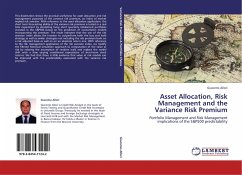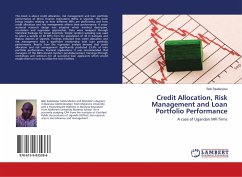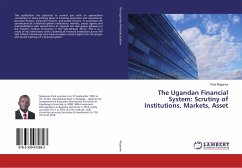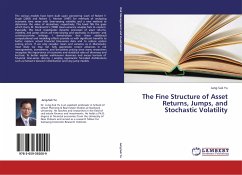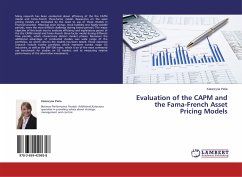This dissertation shows the practical usefulness for asset allocation and risk management purposes of the variance risk premium, an index of market implied risk aversion. With reference to the asset allocation application, the short term forecasting ability of the variance risk premium is tested in a real time experiment by simulating long/ short quarterly rebalanced portfolios invested in the S&P500 based on the prediction of econometric models incorporating the premium. The result indicates that the use of the risk aversion index allows the Investor to outperform both the buy and hold strategy as well as similar strategies not including the risk premium both on a risk adjusted basis as well an on an absolute return one. With reference to the risk management application of the risk aversion index, we modify the filtered historical simulation approach to computation of the value at risk by relaxing the assumption of random walk and replace the model drift with a time varying conditional expectation of short-term stock returns. We find that there is little evidence that value at risk models can be improved with the predictability associated with the variance risk premium.
Bitte wählen Sie Ihr Anliegen aus.
Rechnungen
Retourenschein anfordern
Bestellstatus
Storno

